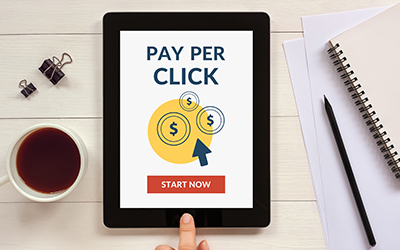Image Credit:
File ID 85247487 | © Carmenmurillo | Dreamstime.com

Pay-per-click (PPC) advertising has become a cornerstone of digital advertising for healthcare practices. With patients increasingly turning to Google to search for services like “urgent care near me” or “dermatologist in [city],” paid search provides a direct and measurable way to capture those leads. For medical professionals new to the concept, understanding how PPC campaigns work—and how to tailor them to your goals—is essential for competing in today’s digital-first landscape.
According to WordStream, the average click-through rate (CTR) across all industries for Google Ads is 3.17%, while healthcare-specific ads see a CTR closer to 1.79%. While lower than average, this still presents strong ROI potential when ads are targeted correctly and aligned with patient needs.
PPC is a form of paid digital advertising where healthcare providers pay a fee each time a user clicks on one of their ads. Ads are typically served through platforms like Google Ads or Bing and appear at the top of search results, above organic listings.
For example, a practice offering orthopedic care can run ads targeting users who search for “knee pain specialist near me.” Unlike traditional advertising, PPC allows for precise targeting, budget control, and real-time performance analytics.
At Medical Marketing Guru, we guide providers through every stage of launching and optimizing PPC campaigns as part of a broader medical marketing strategy.
Google and Bing offer intuitive dashboards, but many providers partner with a medical marketing agency to manage campaigns efficiently and stay HIPAA-compliant.
PPC offers immediate visibility in competitive markets. For new practices or those launching new services, it’s an effective way to generate traffic while waiting for SEO to take hold.
PPC complements broader healthcare marketing efforts, including content marketing and SEO, forming a scalable patient acquisition engine.
Even with strong potential, PPC can drain your budget if mismanaged. Common issues include:
Working with an experienced healthcare marketing agency helps mitigate these risks and improves long-term ROI.
Many healthcare practices also encounter well-meaning but misguided advice from Google account managers. While these representatives may be highly knowledgeable about Google’s advertising tools, they often lack experience in healthcare marketing strategy. Recommendations such as making frequent campaign changes within a matter of weeks might suit e-commerce brands or high-volume product advertisers, but healthcare services operate on a very different timeline. Patient decision-making cycles are longer, more personal, and often influenced by offline factors. In most cases, it takes a full quarter of consistent data to evaluate performance meaningfully. Additionally, an overreliance on AI-driven optimization—based on user behavior patterns in other industries—can misinterpret intent in healthcare contexts, where urgency, emotional drivers, and trust play a much larger role in conversion. Bottom line - Google’s optimization and guidance programs can severely limit your ads optimization ability.
While PPC offers immediate results, the best campaigns are part of a full-funnel digital strategy. Successful practices combine PPC with search engine optimization, website optimization, and reputation management.
At Medical Marketing Guru, we build comprehensive strategies aligning paid ads, organic growth, and patient retention systems to help providers thrive in competitive markets.

 Copyright 2021-2025
Copyright 2021-2025